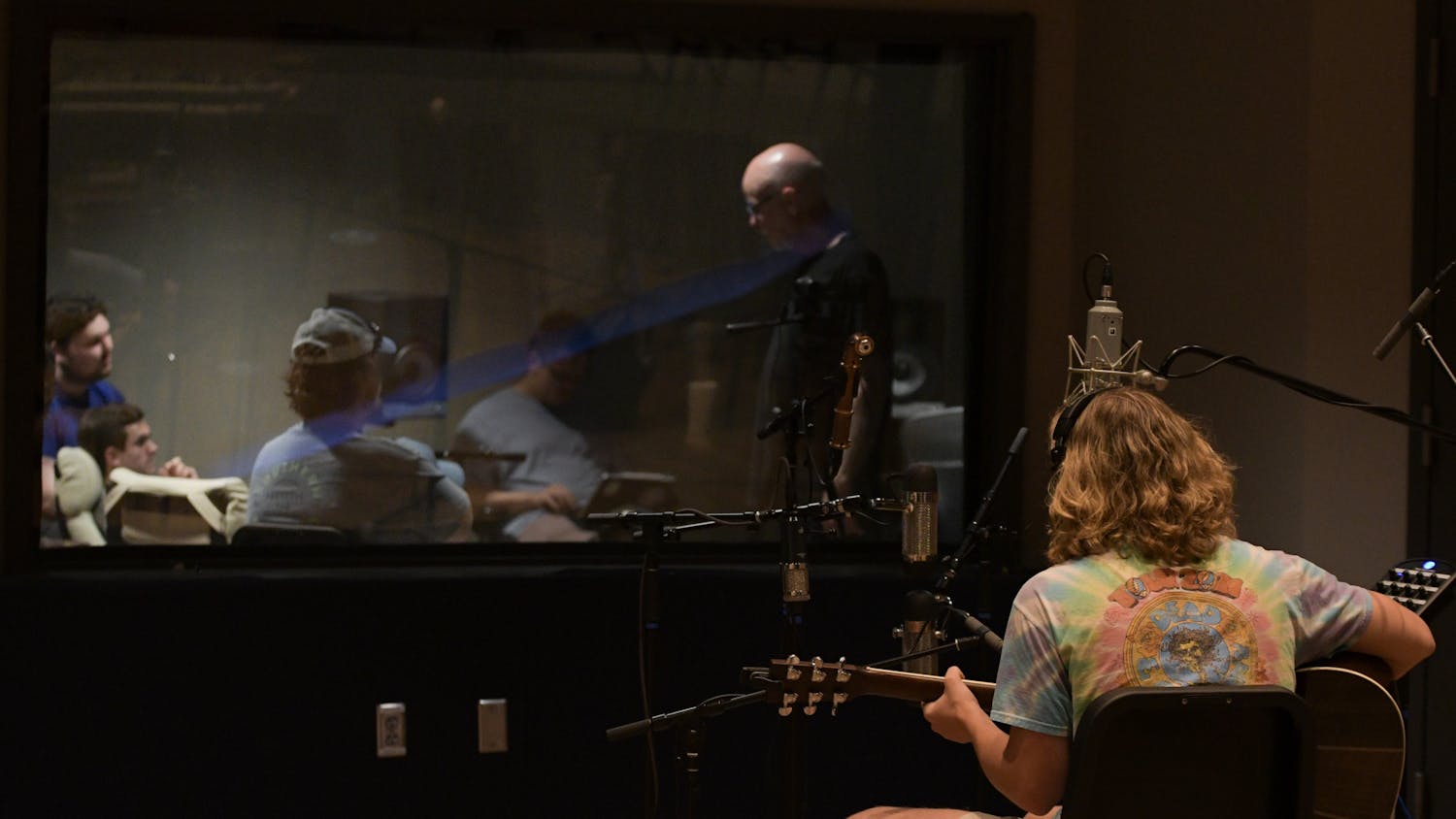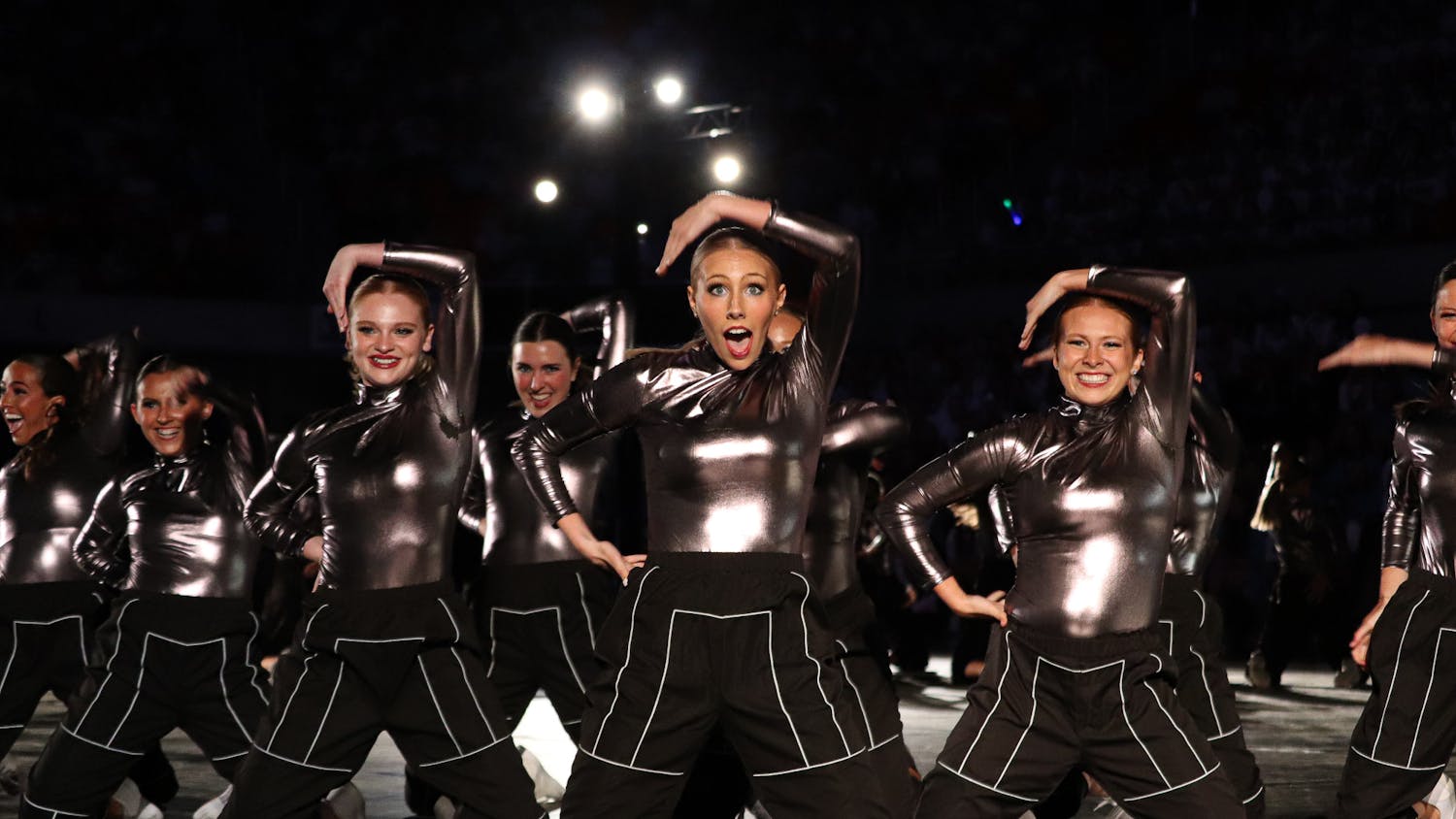Coyotes originate from the Great Plains and are found in every state except Hawaii. Because of growing coyote populations and declining habitats, coyotes have adapted to living in suburbs and cities.
"The Auburn-Opelika area is one of the fastest growing areas in the nation," said Jennifer Lolly, outreach administrator for the Louise Kreher Forest Ecology Preserve. "Humans keep encroaching into their wild lands, leaving no place for them to go, so we get urbanized coyotes."
This is a general trend seen across the nation, not just Auburn. Coyotes have been in the area for years, but the concept of urbanized coyotes is relatively new, said Jim Armstrong, professor in the School of Forestry and Wildlife Sciences and Alabama Cooperative Extension System specialist.
"When they have pups, they have a bunch, like dogs," Lolly said. "So an urbanized population can grow quickly like it has in Auburn."
Armstrong said coyotes are adaptive animals programmed for survival that can live anywhere and will eat anything. As coyotes move into more populated areas, they become more tolerant to human activity.
Coyotes are members of the dog family and once lived in open areas, such as prairies and deserts. According to National Geographic, coyote populations are at an all-time high.
"Children should not run if they see a coyote, because that could cause the animal to chase them," said Becky Barlow, associate professor in the School of Forestry and Wildlife Sciences and an Alabama Cooperative Extension System specialist. "Instead, they should slowly back away and try to make themselves look as large as possible by backing up to a tree or other large object."
Armstrong said people have a fascination with attracting and bringing wildlife closer to their homes. He said this is something people should not be doing, because wildlife are unpredictable to humans.
"Rabies would be a great concern," Lolly said. "If you ever see a coyote during the day that is not afraid of people and actually comes toward them, there could be a real possibility that it might be rabid."
Armstrong said the possibility of seeing a coyote in urban and residential areas is high, but there is a limited threat to human safety.
"Most coyotes are very shy animals and for the most part are only out a night -- nocturnal -- when most people are not around," Lolly said. "People need to avoid them, they are wild animals. For the most part if you leave them alone, they are not aggressive, except maybe a mother with pups."
More coyotes are seen this time of year because the litter from last year is pushed out of the pack to make room for the new litter of pups. The younger coyotes have not developed a sense of fear for humans; therefore, they are more likely to move to areas of human activity.
Armstrong gave some tips for Auburn residents to avoid coyote problems:
- Do not let coyotes feel welcome to the area. If you see them in the area, scare them off by throwing objects at the coyotes. Armstrong said to make sure the coyotes understand they are not wanted in the area.
- Do not feed coyotes or leave food for them. Armstrong said to avoid leaving cat or dog food outside. Secure food areas with fences or pits to guard against coyotes.
- Do not try to attract wildlife to your area, because nature is unpredictable to humans.
- Be aware coyotes are in the area and try to avoid their habitat.
Do you like this story? The Plainsman doesn't accept money from tuition or student fees, and we don't charge a subscription fee. But you can donate to support The Plainsman.



